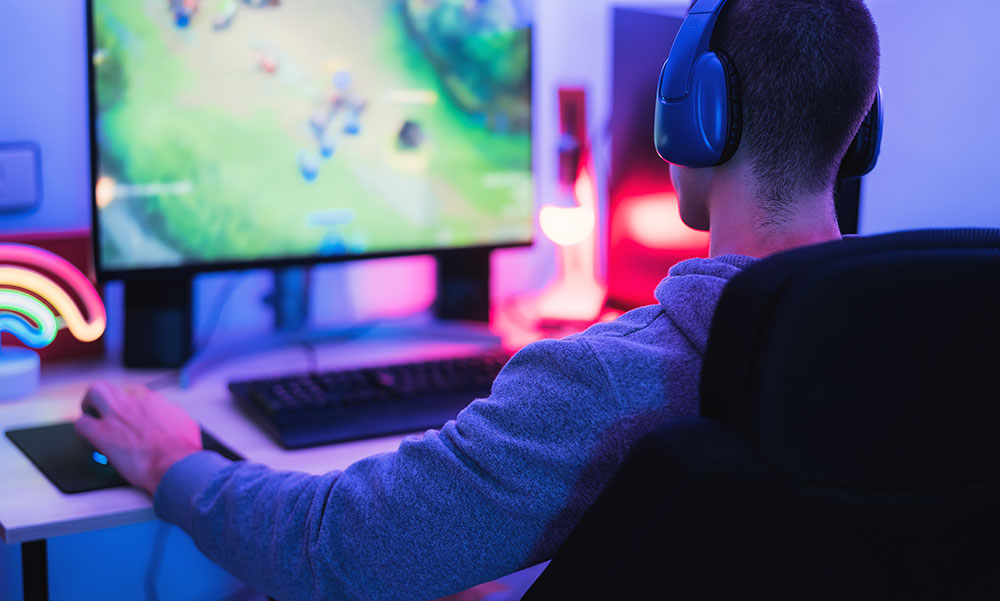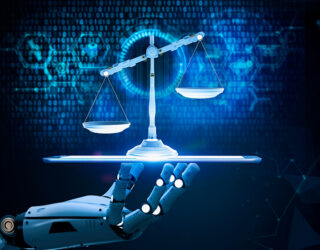From a niche pastime to a global phenomenon, video games now stand as a driving force of the entertainment industry. Beyond creativity and technology, they embody a complex fusion of art, technology, and law. As multifaceted works, video games demand thoughtful legal analysis and strategic intellectual property planning from development to launch.
(Video) Gaming has evolved throughout the decades from a niche pastime into a global phenomenon and, for many, even a lifestyle. According to the 2025 Global Games Market Report (free version) of Newzoo, updated October 2025, the number of players worldwide shall reach the impressive figure of 3.6 billion in 2025, across different platforms, i.e. PC, console, and mobile platform, with the number of mobile players accounting for 83% of the total player base. Moreover, the total global revenue is forecasted to reach the no less impressive $188.8 billion mark in 2025. It is noticeable that the popularity of certain video games caught the attention and interest of other industries, this way new revenue streams were created. This includes the adaptation or transformation of video games into cinematographic works and tv series, and merchandising. Notable examples include: Pokémon: The First Movie (1998), Lara Croft: Tomb Raider (2001), The Super Mario Bros. Movie (2023), The Last of Us (2023 and 2025), or A Minecraft Movie (2025).
From a legal standpoint, video games require in-depth analysis and strategy, from planning to launch of the video game on the market.
Intellectual property as the foundation and driver of the video game industry
According to the Cambridge dictionary a video game is a noun with the meaning of “a game in which the player controls moving pictures on a screen by pressing buttons” in the United Kingdom, and “a game in which the player controls moving pictures on a television screen by pressing buttons or moving a short handle” in the United States of America. Moreover, according to Wikipedia, a video game
“(…) is an electronic game that involves interaction with a user interface or input device (such as a joystick, controller, keyboard, or motion sensing device) to generate visual feedback from a display device, most commonly shown in a video format on a television set, computer monitor, flat-panel display or touchscreen on handheld devices, or a virtual reality headset. Most modern video games are audiovisual, with audio complement delivered through speakers or headphones, and sometimes also with other types of sensory feedback (e.g. haptic technology that provides tactile sensations). Some video games also allow microphone and webcam inputs for in-game chatting and livestreaming”.
None of these definitions refers to the storytelling that drives most of the video games nowadays, nor the other creative elements they may involve, for instance, music. Based on these definitions, it is already possible to anticipate that a video game is a complex product, particularly from a legal standpoint. The Court of Justice of the European Union in Case C-355/12 did mention that:
“(…) videogames (…) constitute complex matter comprising not only a computer program but also graphic and sound elements, which, although encrypted in computer language, have a unique creative value which cannot be reduced to that encryption. In so far as the parts of a videogame, in this case, the graphic and sound elements are part of its originality, they are protected, together with the entire work, by copyright in the context of the system established by Directive 2001/29”.
The protection of video games (or parts thereof) under copyright is generally accepted, provided that the subject-matter meets the requirements[1] to be qualified as “works” as it is uniformly interpreted and applied within the EU. There is not an EU-wide harmonization as to the type(s) of works (in the copyright sense) that may be at stake in the case of a video game (in addition to the computer program). Within the EU, there is some debate regarding how video games should be qualified. For instance, in Portugal, there is not a generally accepted qualification of video games under the existing legally typified works (e.g. computer program with audiovisual works, multimedia works protected under the legal framework of database, irrespective of the protection given to the works that are compiled), and there is no specific caselaw on the matter. This lack of clarity raises naturally questions on copyright applied to video games, notably on ownership.
In addition, to eventual protection under copyright law, parts of the video game may be eligible for protection under design law and trade mark law.
Within the EU, design law has unequivocally been adjusted to the reality of the marketplace in the 21st century with the concept of design under Regulation (EU) 2024/2822 of the European Parliament and of the Council of 23 October 2024 amending Council Regulation (EC) No 6/2002 on Community designs and repealing Commission Regulation (EC) No 2246/2002 being broaden as to unavoidably encompassing the movement, transition or any sort of animation of the features of which the appearance of the whole or part of the product results. Moreover, the concept of the product now encompasses industrial or handicraft items materialized in a non-physical form, including, inter alia, graphic works or symbols, logos, typographic typefaces, and graphical user interfaces -see Article 3 (1) and (2)-.
Furthermore, under the Regulation (EU) 2017/1001 of the European Parliament and of the Council of 14 June 2017 on the European Union trade mark, a EU trade mark may consist of any signs, inter alia, words or designs, or sounds, provided that they are capable of distinguishing goods or services of one undertaking from those of other undertakings. It must also be represented in a manner which enables the competent authorities and the public to determine the clear and precise subject matter of the protection afforded to its proprietor (see Article 4). A simple example of subject-matter of a trade mark could be the name of the video game itself.
It takes a village to develop and produce a video game (e.g. programmers, game artists, designers, performers). For legal certainty, it is of paramount importance that:
- all the parties are aligned and that the appropriate covenants are agreed upon to document the chain of titles of intellectual property, including copyright and related rights, and to prevent infringement of third-party rights; and
- a strategy in respect of trade marks and designs is outlined prior to launching of the video game – which entails an assessment towards the identification and evaluation of assets that could be the subject matter of protection by design or trade mark law.
Whether in its primary or secondary field of commercial exploitation, for instance, through adaptation or transformation, the appropriate authorizations will be required and, at that stage, clearly identifying the right holders becomes critical. In addition, it may be reasonably anticipated that third parties will want representations and warranties regarding ownership of intellectual property rights.
Let them play the (video) game; let them play by the rules
After significant investment in developing a video game, its success depends not only on the size of its player base and the chosen monetization model, but, most importantly, on safeguarding the integrity of intellectual property.
Hence, effective technological measures may be adopted by rightsholders to video games that are designed to prevent acts which are not authorized in the field of copyright (except in respect of computer programs), by means of access control or protection process, such as encryption, scrambling, or other transformation of the work. In fact, by virtue of the implementation of the Directive 2001/29/EC of the European Parliament and of the Council of 22 May 2001 on the harmonisation of certain aspects of copyright and related rights in the information society, protection against neutralization should be conferred upon the rightsholders.
Furthermore, particularly in the case of online video gaming or game-as-a-service, terms of service or end user license agreement may include covenants on different legally relevant topics, including on intellectual property, foreseeing specific consequences in case of breach of rules.
Hence, if on the one hand it is vital that the publisher grants the user the right to play video games, on the other hand the publisher of the video game may lawfully take necessary precautions to ensure that the users will play by the rules, this way protecting the integrity of the intellectual property.
Without prejudice, the plot does thicken when the user interaction with the video game may entail user-generated content, a topic that will not be discussed here, but might deserve its own post on another occasion. Stay tuned!
[1] Under Portuguese law, intellectual creations in the literary, scientific and artistic domain, irrespective of the genre, form of expression, merits, means of communication and objective may protected as works under copyright if there are original (see Articles 1 and 2 of the Code on Copyright and Related Rights). Considering the harmonization at the EU level intended by the InfoSoc Directive, and as it results from the decision issued in the landmark Case C‑683/17 Cofemel v G-star (available art CURIA – Documentos), it must be considered that the concept of “work” is an autonomous concept of EU Law, which must be interpreted and applied uniformly, requiring two cumulative to be met: (i) there is a subject-matter that is the author’s own intellectual creation (i.e. original), which reflects author’s personality as an expression of his free and creative choices, and that was not (solely) dictated by technical considerations, rules or other constraints; and (ii) the subject-matter is identifiable with sufficient precision and objectivity.






